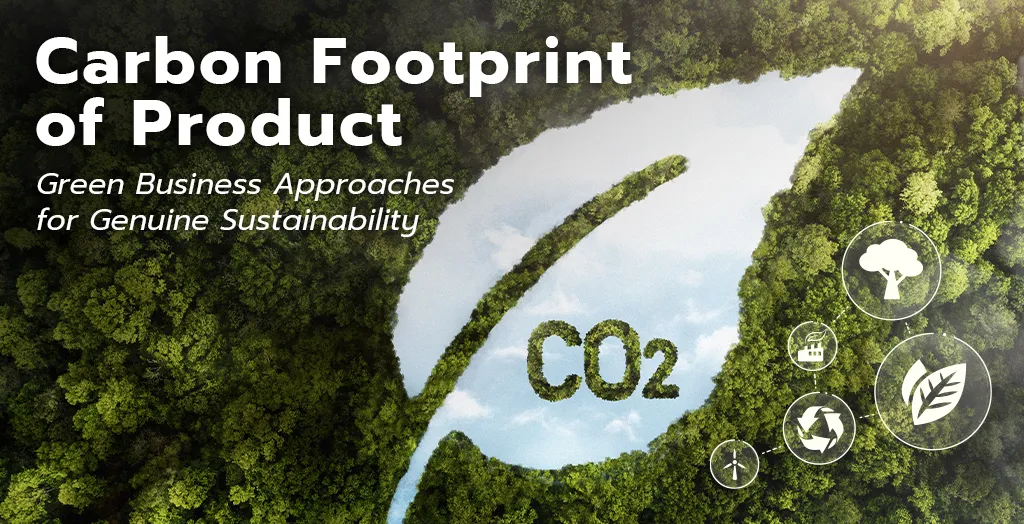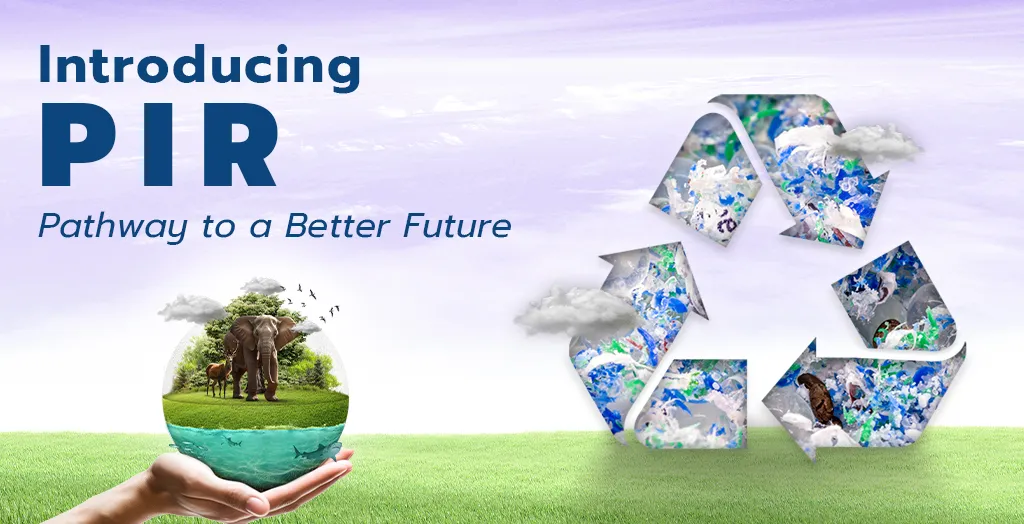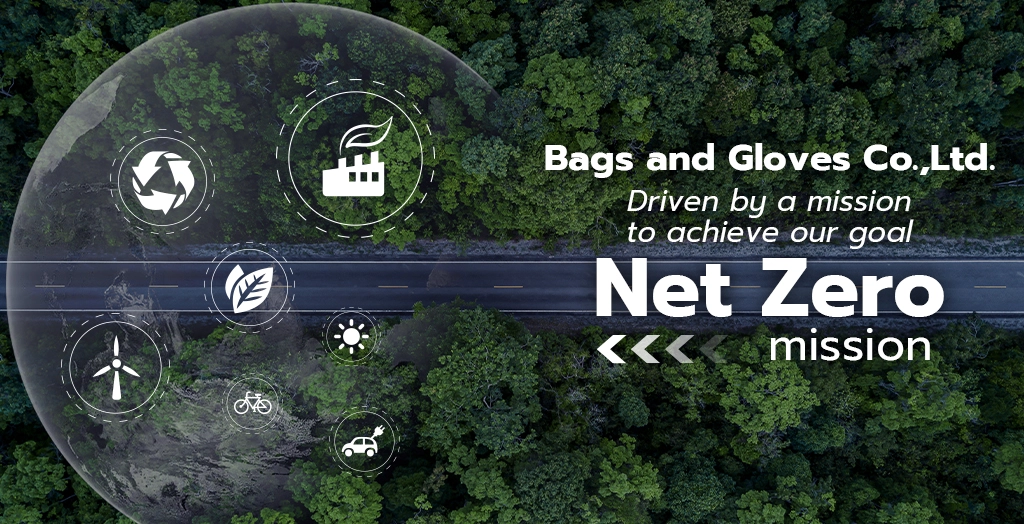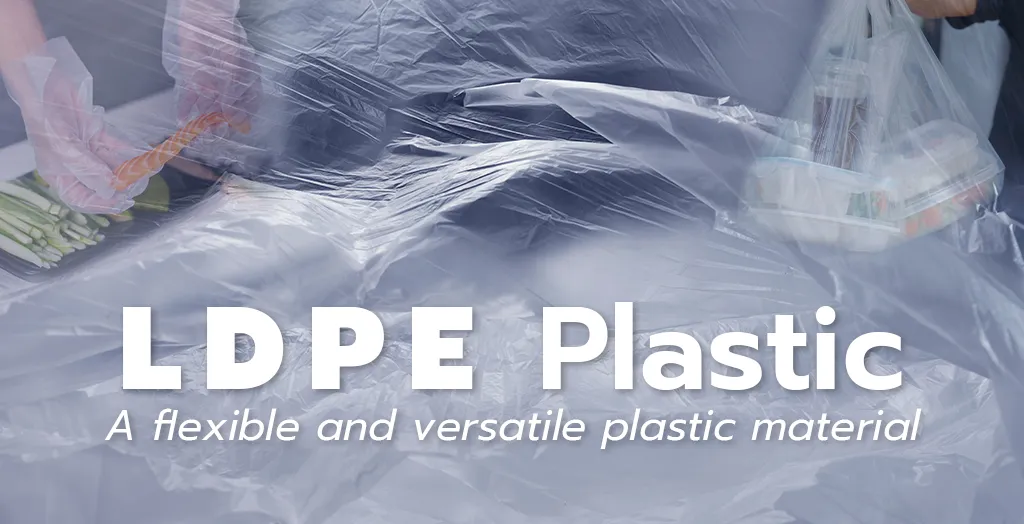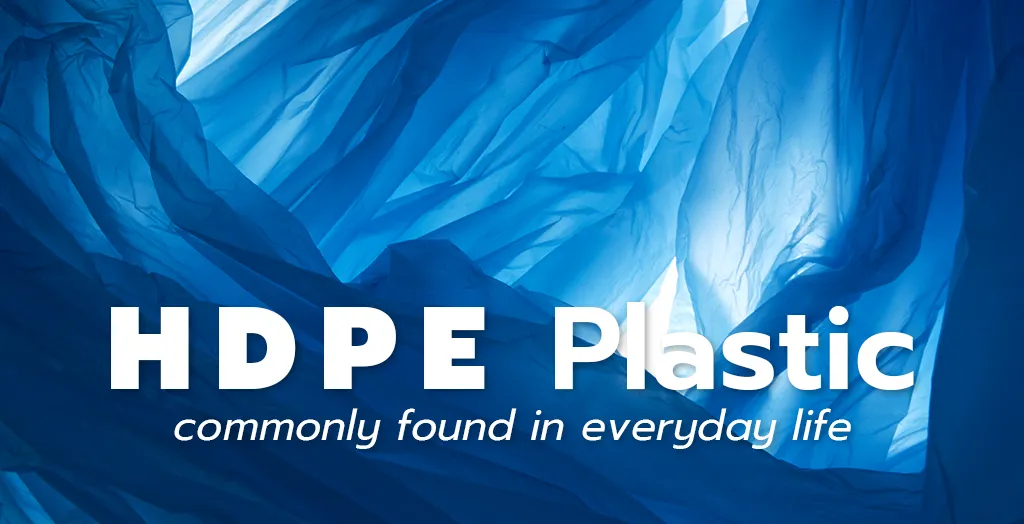Understanding CFP and Its Role in Building a Sustainable Organization
In today’s business landscape, environmental responsibility is no longer optional — it’s essential. One of the most effective tools to measure a company’s environmental impact is the Carbon Footprint of Product (CFP).
CFP helps organizations identify and track greenhouse gas (GHG) emissions throughout the entire life cycle of a product — from raw material sourcing to production, distribution, usage, and end-of-life management. This comprehensive approach allows businesses to manage their environmental impact systematically and move toward long-term sustainability.
What Does the CFP Number Tell You?
A CFP value represents the total emissions of carbon dioxide (CO₂) and other greenhouse gases associated with a product’s life cycle, also known as a Life Cycle Assessment (LCA).
This process, often described as “Cradle-to-Grave,” covers every stage of a product’s existence, including:
- Raw material acquisition
- Manufacturing processes
- Product distribution
- Consumer use
- End-of-life management and disposal
Once emissions are calculated for each stage over a one-year period, the total is divided by the number of products produced during that time to determine the CFP per unit — for example, per item, per liter, or per kilogram.
In short:
“CFP is the total CO₂ emissions released throughout the entire life cycle of a product, measured per unit, based on one year of production data.”
Why Measuring CFP Matters
Knowing your CFP value is not just about numbers — it’s about understanding your organization’s real environmental footprint and identifying actionable ways to reduce it.
Here are key benefits of implementing CFP assessment:
1. Evaluate and Disclose Environmental Impact
CFP allows companies to monitor and report their total CO₂ emissions transparently, building trust with customers, investors, and stakeholders.
2. Identify High-Emission Processes
By analyzing which stages generate the most emissions, businesses can optimize their production systems, enhance efficiency, and make targeted carbon reductions.
3. Choose Greener Materials
Companies can switch to eco-friendly alternatives, such as recycled materials, bio-based resins, or low-carbon raw materials, helping reduce emissions from the start.
4. Transition to Clean Energy
Installing solar rooftop systems or using renewable energy sources within production facilities can significantly lower energy-related carbon emissions.
5. Improve Transportation Efficiency
Switching to electric vehicles (EVs), optimizing delivery routes, and consolidating shipments can reduce unnecessary travel and emissions in logistics operations.
6. Educate and Empower Consumers
Displaying CFP values helps consumers understand a product’s environmental impact and encourages them to choose low-carbon or eco-friendly products.
7. Promote Sustainability Awareness
CFP serves as an educational tool that supports sustainable consumption, inspiring communities to make conscious choices and reduce overconsumption.
The Value of CFP in Sustainable Business
Measuring and managing CFP doesn’t just help reduce environmental impact — it also opens up opportunities for innovation, cost reduction, and brand differentiation. Businesses that actively track and lower their CFP are better positioned to meet consumer demand for sustainable products and comply with global environmental standards.
Bags and Gloves Co., Ltd.: Committed to a Low-Carbon Future
At Bags and Gloves Co., Ltd., we recognize the urgent challenges of global warming and environmental change. That’s why we have implemented CFP-certified products to measure and reduce greenhouse gas emissions across our operations.
Our CFP assessments are verified by the Thailand Greenhouse Gas Management Organization (Public Organization) — or TGO — ensuring that our calculations are accurate, transparent, and credible. This certification demonstrates our genuine commitment to sustainability and responsible production.
For more details about our eco-friendly plastic products, visit Bags and Gloves Co., Ltd..
If your organization is looking to move toward sustainable growth, CFP is not just a number — it’s a key step toward a cleaner, more responsible future.
Contact us for more information
International Sales
(+66) 2-108-2390
(+66) 95-583-3696
sales@bagglove.com
Domestic Sales
(66) 2-108-2390 ext. 104
LINE OA: @bagglove
sales.d@tna-thailand.com


